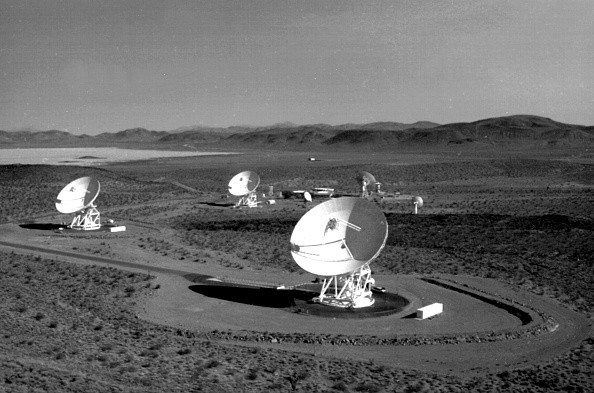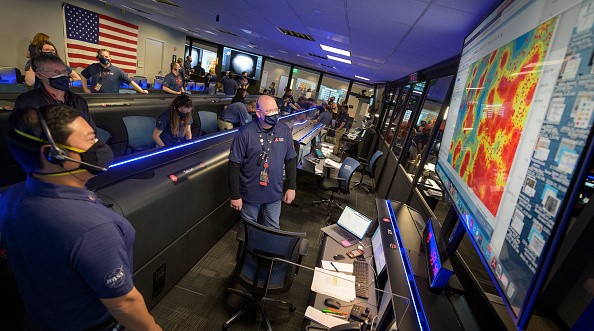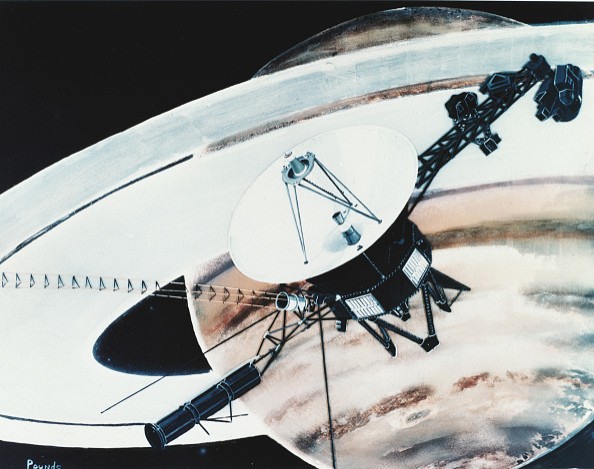NASA conducts missions with rovers and space probes millions--and even billions--of miles away from Earth. And somehow, despite the monumental distances, these probes and rovers can still send data back to scientists on Earth.

Have you ever wondered how NASA does it? In this article, you'll learn about the basics of how space exploration manages to keep itself tethered to Earth.
NASA DSN--The Main Hub
According to NASA themselves, they're using an international network of antennas which are part of what they call the Deep Space Network (DSN).
The antennas are strategically placed all over the world, and they're part of three major hubs under DSN which are located exactly 120 degrees apart. The locations are as follows: Goldstone, in the Mojave Desert in California; and undisclosed locations near Canberra, Australia, and Madrid, Spain.

With the placement of the DSN hubs, NASA ensures that they can still track all their active space probes throughout the cosmos even as if the Earth rotates.
Mars Rovers 'Phoning Home'
That iconic line from the film "ET: The Extraterrestrial" fits this situation perfectly, even if the modern Mars rovers don't exactly use a phone.
According to WIRED, the rovers use two different types of antennas: a high-gain microwave antenna for sending big chunks of data directly to Earth, and a low-gain one intended for sending data to other orbiters around our world or Mars.
Those probes will then relay the data they received from the Mars rovers back to scientists on the ground.

The rovers are able to send data by "anticipating" when the orbiters are right above them. Once the orbiter is in the optimal position, the Mars rover will transmit data to it at a speed of 250 Kbps.
Data Transfer Still Takes Time
Technically, NASA is able to transmit and receive data fast enough despite the distance between Earth and Mars--over 242 million miles. However, it's still not real-time data transfer.
In fact, even at light speed, a signal containing data will still take over 10 minutes to reach scientists on Earth for Mars, as per the original WIRED report.
How About Those Way Beyond In Deep Space?
NASA technically has built two of the farthest-located, man-made space probes ever: the Voyagers. As of late, Voyager 1 is located 141 astronomical units (AUs) from Earth, writes Space.com. That's a total of 13.2 billion miles away.
And yet, Voyager space probes (there are two of them) are still able to transmit data to scientists, even if the tech on them is technically outdated.

These space probes are using 23-watt radios connected to big satellites 14 feet in diameter, which are pointed directly at a corresponding antenna on our planet's surface. That antenna is a gargantuan 100 feet in diameter, according to HowStuffWorks.
Furthermore, the satellite can transmit data at 8 GHz, and in space, there's barely any interference. This might be an oversimplification, but it's basically how things work.
Looking Ahead
Space exploration technology still has a lot of advancements to go through. This includes better, faster communication systems that might allow scientists to communicate with space probes or rovers on different planets in real time.
But until then, this is the reality of current tech.
This article is owned by Tech Times
Written by RJ Pierce
ⓒ 2025 TECHTIMES.com All rights reserved. Do not reproduce without permission.


![Best Gaming Mouse For Gamers With Smaller Hands [2025]](https://d.techtimes.com/en/full/461466/best-gaming-mouse-gamers-smaller-hands-2025.png?w=184&h=103&f=6fd057ef777bd39251d4e7e82e9b23f1)

